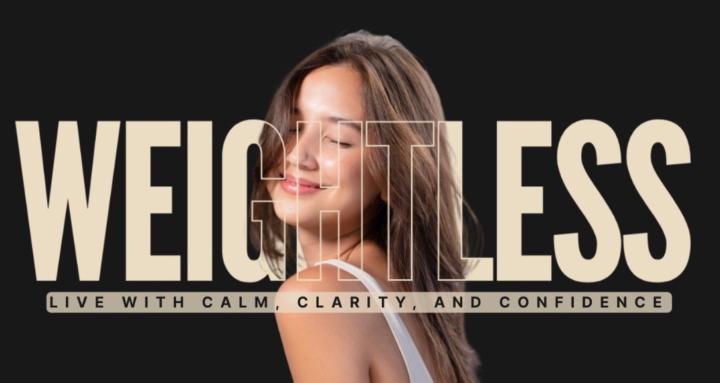Aug 1 • Community Discussion
Do you know your attachment style?
Attachment theory helps us understand how we connect with others, especially in close relationships. It’s shaped by early experiences and shows up in how we handle closeness, conflict, and emotional needs.
When left unexamined, our attachment style can quietly sabotage connection. Causing us to pull away, chase love, fear abandonment, or shut down when things get real.
The 4 main styles:
🧘♂️ Secure: Trusts easily, communicates needs, comfortable with closeness. You might say “I feel safe being myself in a relationship.”
💓 Anxious: Craves reassurance, fears being left or not enough. “I worry they’ll leave if I don’t show up perfectly.”
🛑 Avoidant: Prioritizes independent, uncomfortable with vulnerability or relying on others. “I need space when emotions get intense.”
⚡️ Fearful-Avoidant: Wants closeness but fears rejection or hurt. “I push people away even when I want connection.”
🤔 What is attachment theory and why should I care?
If you're unfamiliar with attachment theory, it was created by John Bowlby and Mary Ainsworth. It explains how our early caregiver relationships shape how we connect with others throughout life.
Attachment wounds form when our childhood needs for safety and consistency aren't met. These experiences create unconscious patterns for how we approach relationships, whether we cling or withdraw, seek intimacy or fear it.
👉 Here's what matters: there's nothing wrong with you if you don't have secure attachment. You're not broken. The good news is we can all learn to become more securely attached.
If you're caught in cycles of push and pull, constantly longing for more connection while fearing it, exploring your attachment style can transform your relationships. Learning secure attachment patterns changes how you experience love and intimacy.
What’s your attachment style?
If you're not sure about your attachment style, drop 'SECURE' in the comments and I'll send you a quick assessment to help you discover yours and explore how to bring more calm, clarity, and confidence to your relationships.
🧘♂️ Secure
💓 Anxious
🛑 Avoidant
⚡️ Fearful-Avoidant
🔍 I’m not sure, but I want to find out
1
4 comments
powered by

skool.com/weightless-5099
Still stuck after therapy? This space helps you stop spirals, anxiety, and shutdown - and live with calm, clarity, and confidence.
Suggested communities
Powered by
